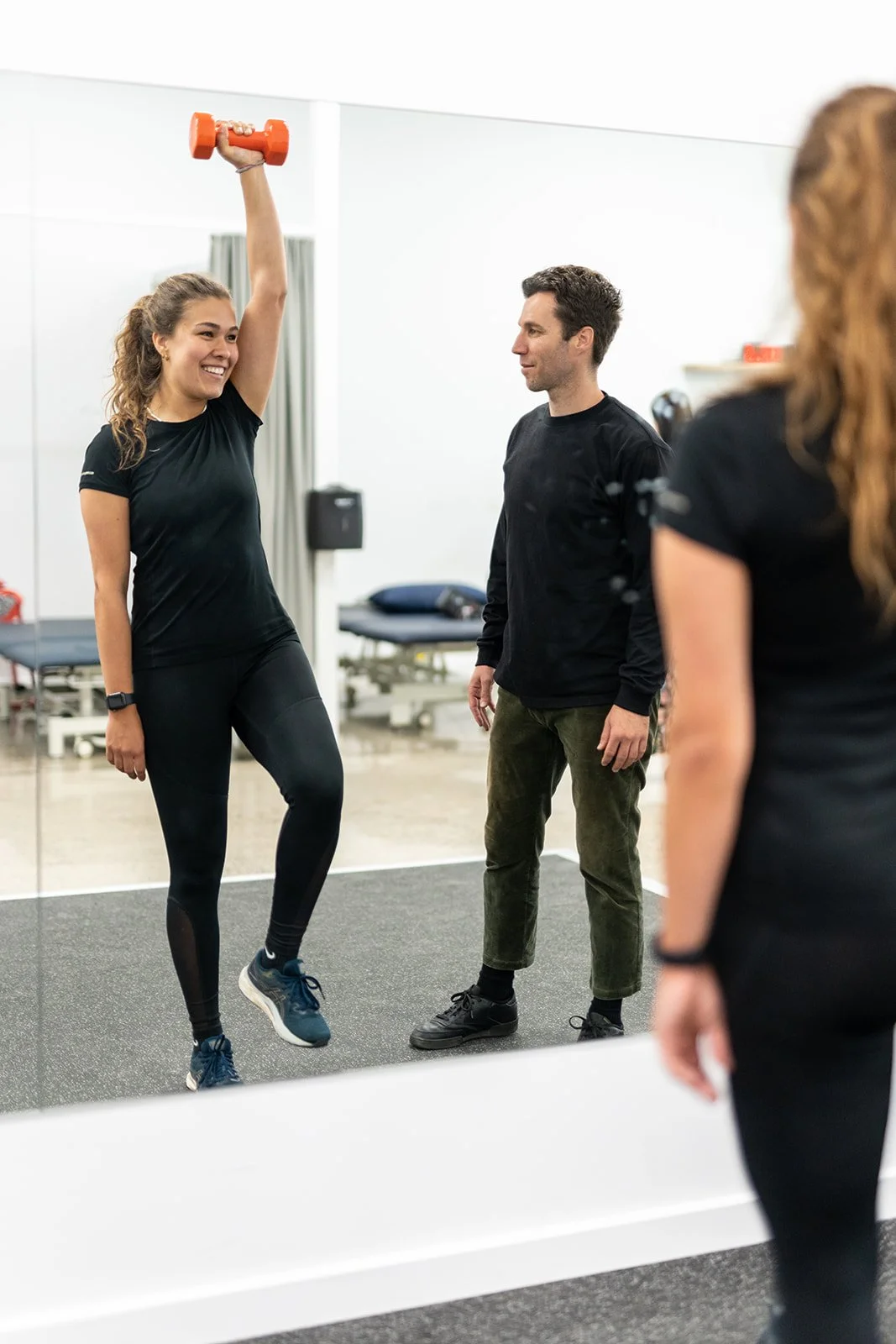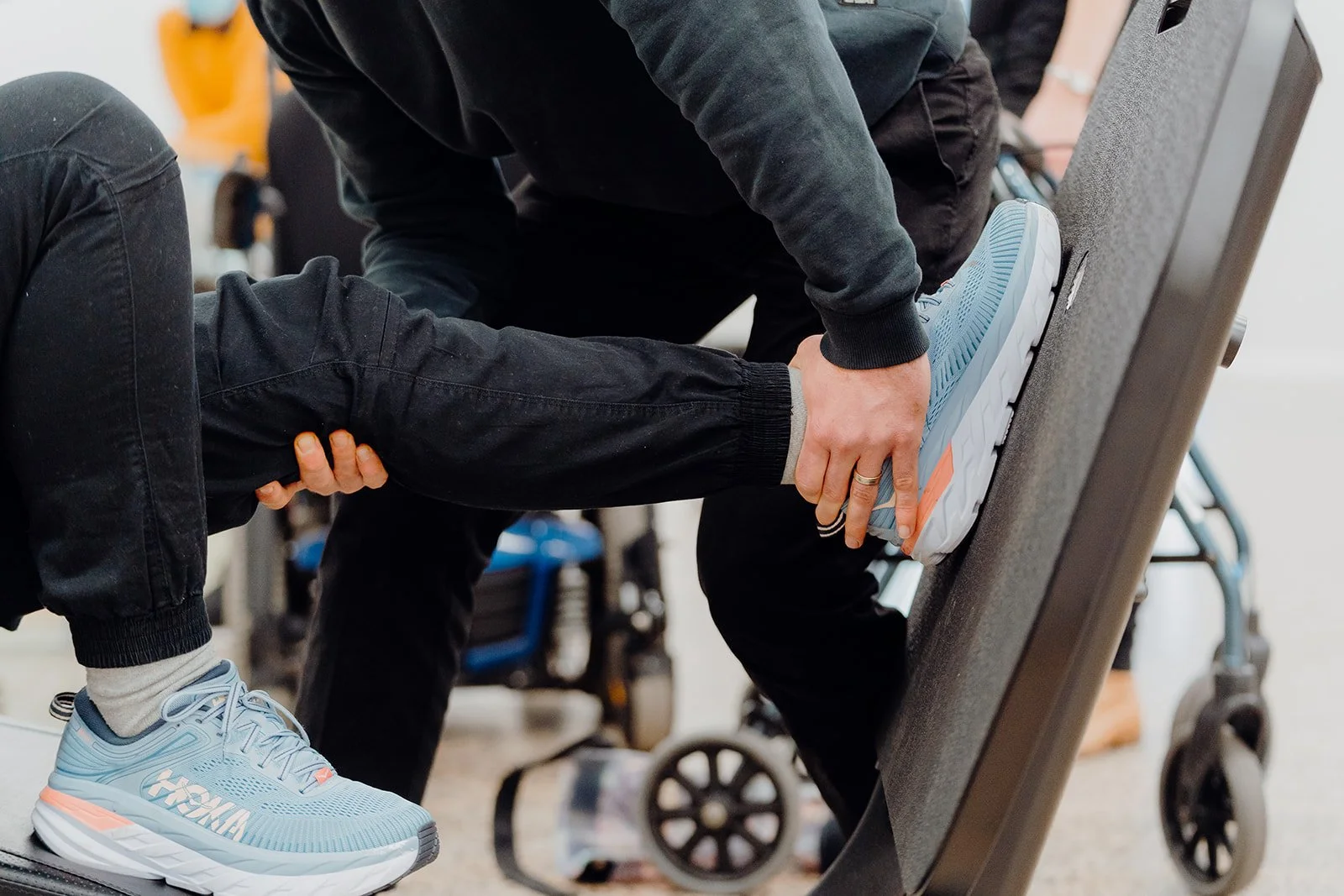From Symptoms to Strength: Navigating Life with POTS
What is POTS?
Postural Orthostatic Tachycardia Syndrome (POTS) is a condition affecting the autonomic nervous system — the part of our body that controls heart rate, blood pressure, and other automatic body functions. When someone with POTS stands up, their heart rate rises sharply (by 30+ beats per minute in adults, 40+ in teens) without a big drop in blood pressure. This leads to symptoms like:
💫 Light-headedness ❤️ Rapid heartbeat 😵💫 Tremors or weakness 👁️ Blurred vision 🥱 Fatigue
POTS most often affects young women aged 14–24 and can vary from mild to debilitating. The impact of this condition on employment, school, and life in general can be significant.
POTS Subtypes and Associated Conditions
POTS usually involves one or more of the following mechanisms:
Hypovolemic: low blood volume
Hyperadrenergic: excessive adrenaline activity
Neuropathic: nerve-related blood flow issues
It often occurs alongside other conditions such as:
Migraine or chronic headaches
Hypermobile Ehlers-Danlos syndrome (hEDS) or Hypermobility Spectrum Disorder (HSD)
Autoimmune disorders
Mast Cell Activation Syndrome (MCAS)
Chronic Fatigue Syndrome
POTS Triggers
POTS symptoms can flare due to triggers like:
Standing or sitting for too long
Heat, dehydration or large meals
Menstruation
Illness, stress, or poor sleep
Large meals, alcohol, caffeine or certain medications
Inactivity or “boom–bust” activity cycles
Exercise and POTS – Moving Smart, Not Hard
Exercise can feel impossible when the act of standing up raises your heart rate — yet research shows the right kind of exercise can significantly improve POTS symptoms and quality of life. The secret? Start low, go slow, and stay consistent.
How Exercise Helps
Gradual, structured movement can:
Improve heart and circulation function
Strengthen legs and core for better blood return
Boost blood volume and reduce pooling
Lift mood, energy, and confidence
Exercise acts like retraining for the nervous system, teaching it to handle upright positions more efficiently. Following a structured exercise program can significantly reduce the symptom burden of POTS, helping individuals return to their regular activities and routines.
Finding the Starting Point:
POTS is highly individual — there’s no one-size-fits-all plan. That’s why working with an exercise physiologist is invaluable. They’ll assess the individual’s symptoms and capacity, start conservatively and progress carefully.
A pacing approach is key: balancing activity with rest to avoid crashes. Keeping a symptom and activity diary helps identify patterns and triggers.
Tips for Success
Stay hydrated and follow a salt plan (as advised) - our EPs work closely with dieticians for optimal outcomes
Exercise in a cool environment
Increase duration before intensity
Take breaks, alternate positions, and listen to your body
Track progress — celebrate small wins
In Summary
Living with POTS can be challenging, but with patience, pacing, and the right guidance, movement becomes a powerful tool for recovery.
Always consult your healthcare provider or exercise physiologist before starting a new routine.


